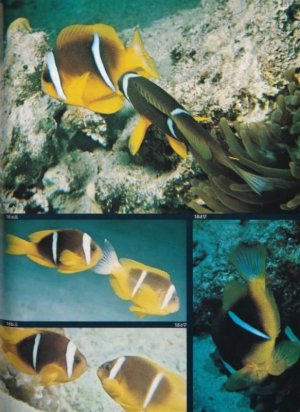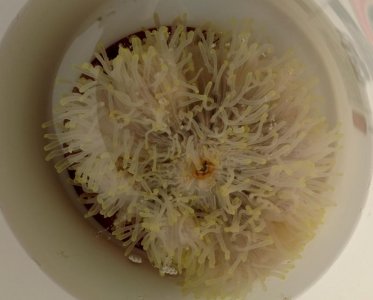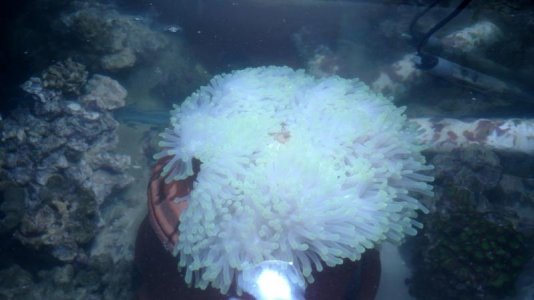CoralsAddiction
Active member
This is their size 9 days later when - according to their customer support agent - they should have regained their full size:
I've had the same experience with couple of gigs. Ordered medium but they sent tiny. Them telling people wait a few days does not always work in customers favor...like in my case when a gig got caught in powerhead around three days into Cipro treatment. I didn't have the chance to show them that it was tiny since it died.
It's extremely unfair for them to send products not accurately described.





